Fascinating American skyscrapers throughout history
American skyscrapers are more than just tall buildings; they are a testament to human ingenuity and ambition. Stretching the boundaries of architectural design, these towering structures have become symbols of progress and innovation.
From the bustling streets of New York to the sunny shores of California, each skyscraper tells a unique story about the city it inhabits, making them fascinating subjects for both locals and tourists alike.
The Iconic Empire State Building: A New York Marvel
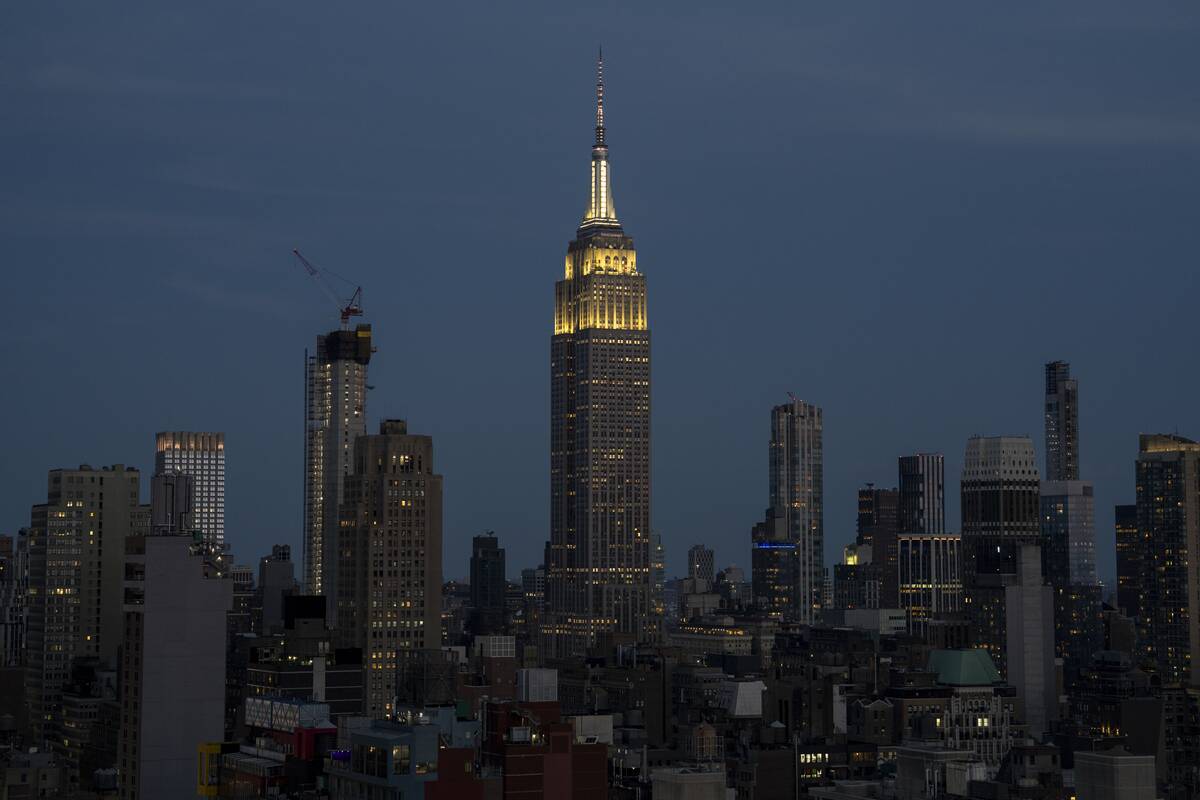
Standing tall in the heart of Manhattan, the Empire State Building is an iconic symbol of New York City. Completed in 1931, this Art Deco masterpiece was the tallest building in the world for nearly 40 years.
With its 102 floors, it offers breathtaking views of the city and beyond, drawing millions of visitors each year. The Empire State Building has also been featured in countless films, cementing its status as a cultural landmark.
Chicago’s Willis Tower: A Windy City Legend
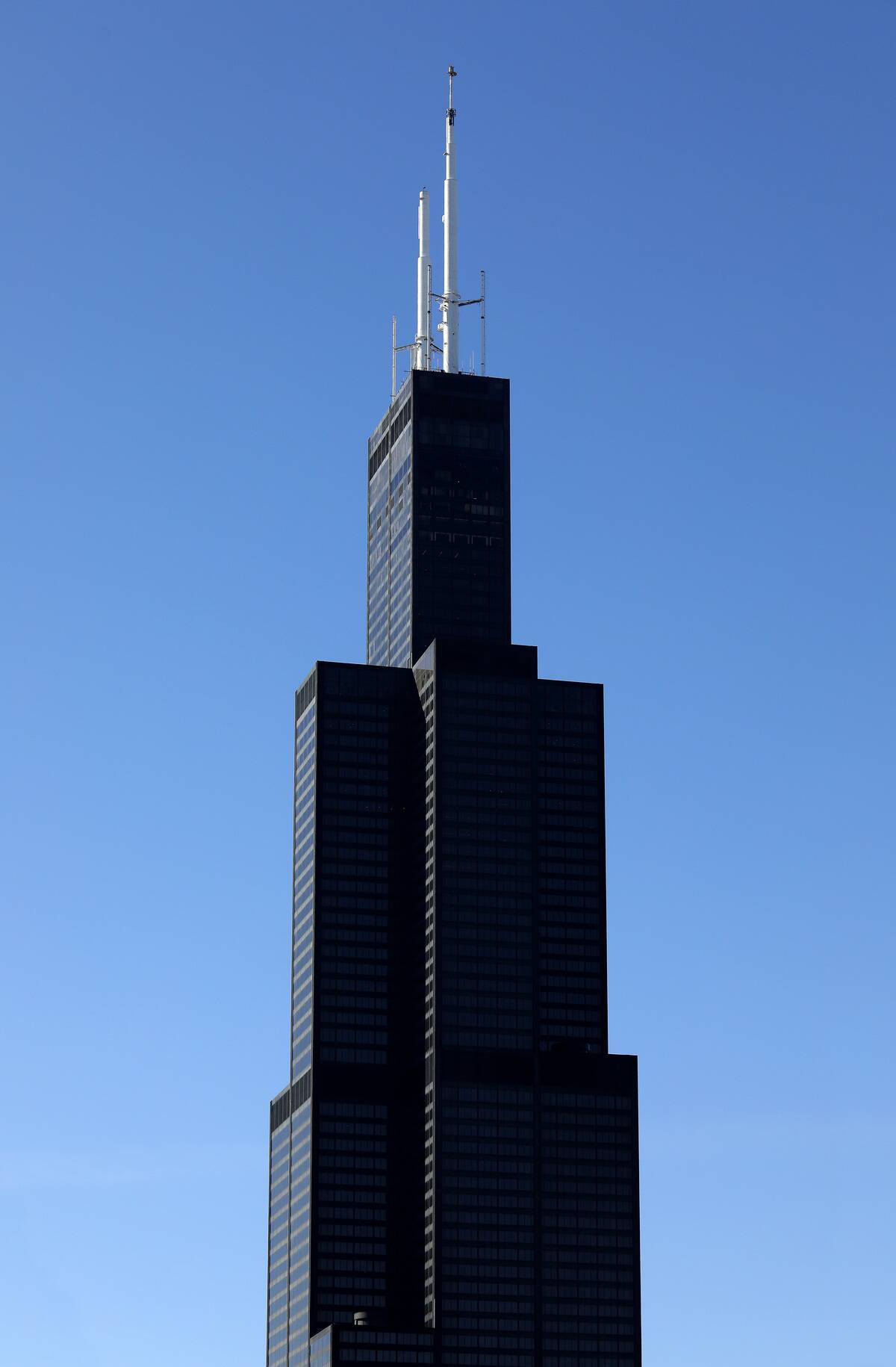
Formerly known as the Sears Tower, the Willis Tower is a defining feature of Chicago’s skyline. Completed in 1973, it held the title of the world’s tallest building for 25 years.
Standing at 1,451 feet, the tower offers spectacular views from its Skydeck, where visitors can experience The Ledge—glass boxes extending 4.3 feet outside the building. It’s a thrilling way to experience the Windy City from above.
The Art Deco Beauty of the Chrysler Building

The Chrysler Building is a shining example of Art Deco architecture, gracing the New York skyline with its elegant spire. Completed in 1930, it briefly held the title of the world’s tallest building before the Empire State Building took the crown.
Its distinctive design, featuring a series of arches and a stainless steel crown, makes it a favorite among architecture enthusiasts. The Chrysler Building remains a symbol of New York’s architectural evolution.
One World Trade Center: A Symbol of Resilience
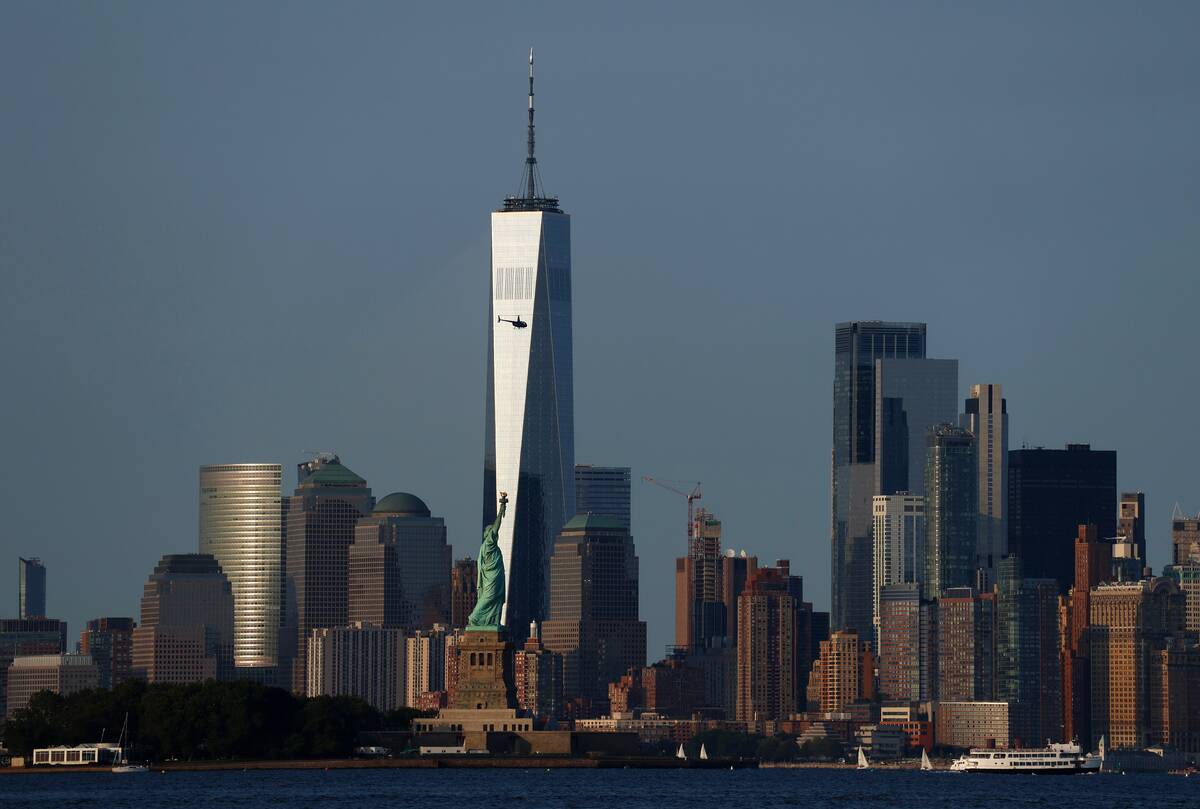
As the tallest building in the Western Hemisphere, One World Trade Center stands as a powerful symbol of resilience and renewal. Built on the site of the original Twin Towers, it rises to a symbolic height of 1,776 feet, representing the year of American independence.
Its design incorporates sustainable features and state-of-the-art technology, making it a model of modern engineering. One World Trade Center serves as a poignant reminder of New York’s strength and resilience.
The Historic Woolworth Building: A Gothic Masterpiece

Dubbed the “Cathedral of Commerce,” the Woolworth Building is one of New York’s oldest skyscrapers. Completed in 1913, it was the tallest building in the world at the time.
Its Gothic Revival style, complete with intricate terra cotta detailing, has made it a beloved architectural gem. The building’s lobby is particularly awe-inspiring, featuring mosaics, stained glass, and a barrel-vaulted ceiling, offering a glimpse into the opulent design of the early 20th century.
Seattle’s Space Needle: A Futuristic Vision
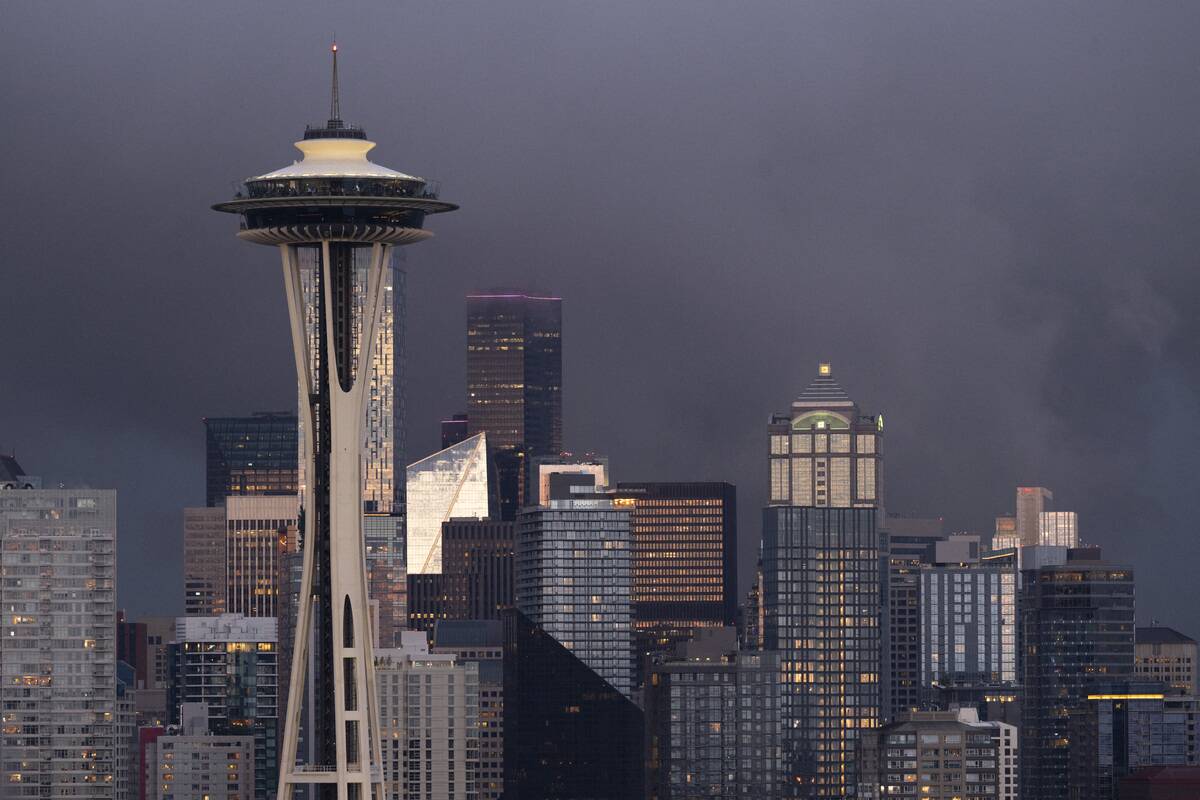
The Space Needle is an iconic symbol of Seattle, recognized for its futuristic design and stunning views. Built for the 1962 World’s Fair, it stands at 605 feet and features a revolving restaurant at the top.
Offering panoramic views of the city, Puget Sound, and the Cascade Mountains, the Space Needle is a testament to Seattle’s innovative spirit. Its design was inspired by the idea of a flying saucer, capturing the space-age optimism of the 1960s.
Los Angeles’ U.S. Bank Tower: The Tallest on the West Coast
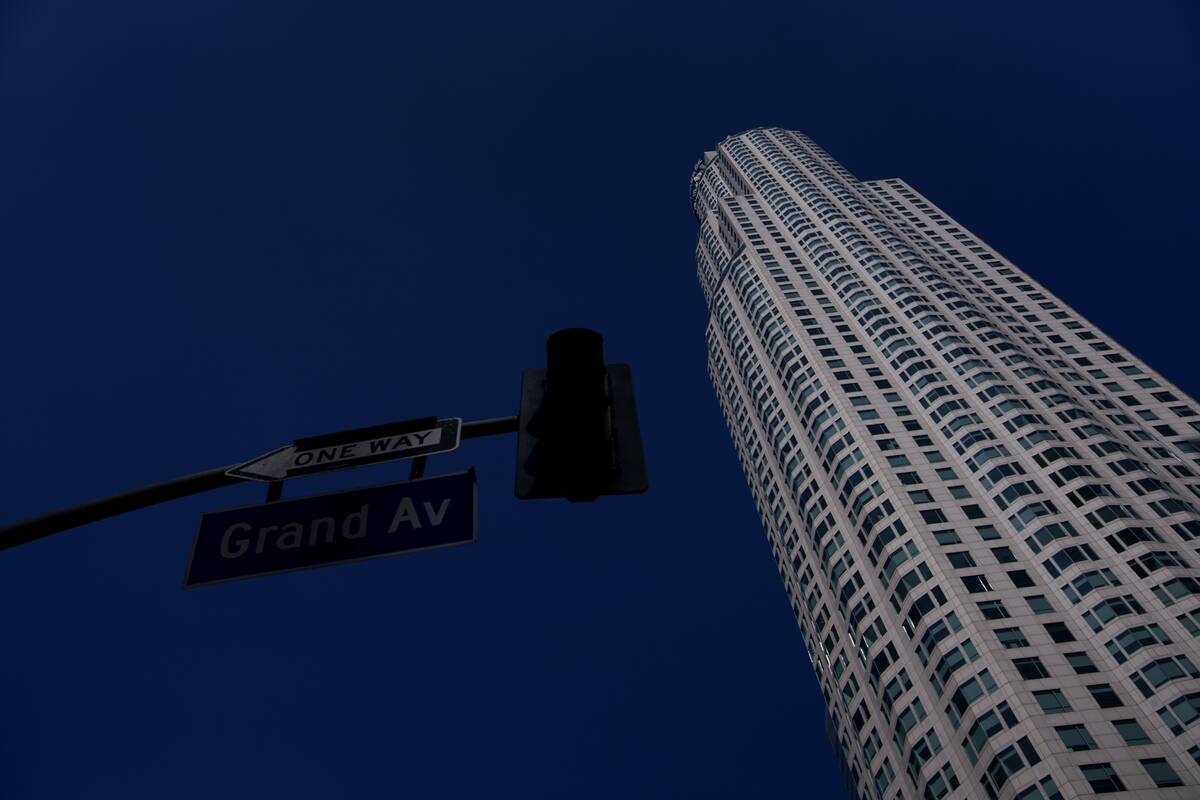
Dominating the Los Angeles skyline, the U.S. Bank Tower is the third-tallest building west of the Mississippi River. Completed in 1989, it stands at 1,018 feet and is an icon of the city’s downtown.
The tower features an observation deck on the 70th floor, offering breathtaking views of Los Angeles. Its helipad is a notable feature, as it was once the tallest skyscraper in the world to include one, reflecting L.A.’s emphasis on air travel and emergency preparedness.
The John Hancock Center: Chicago’s Architectural Giant
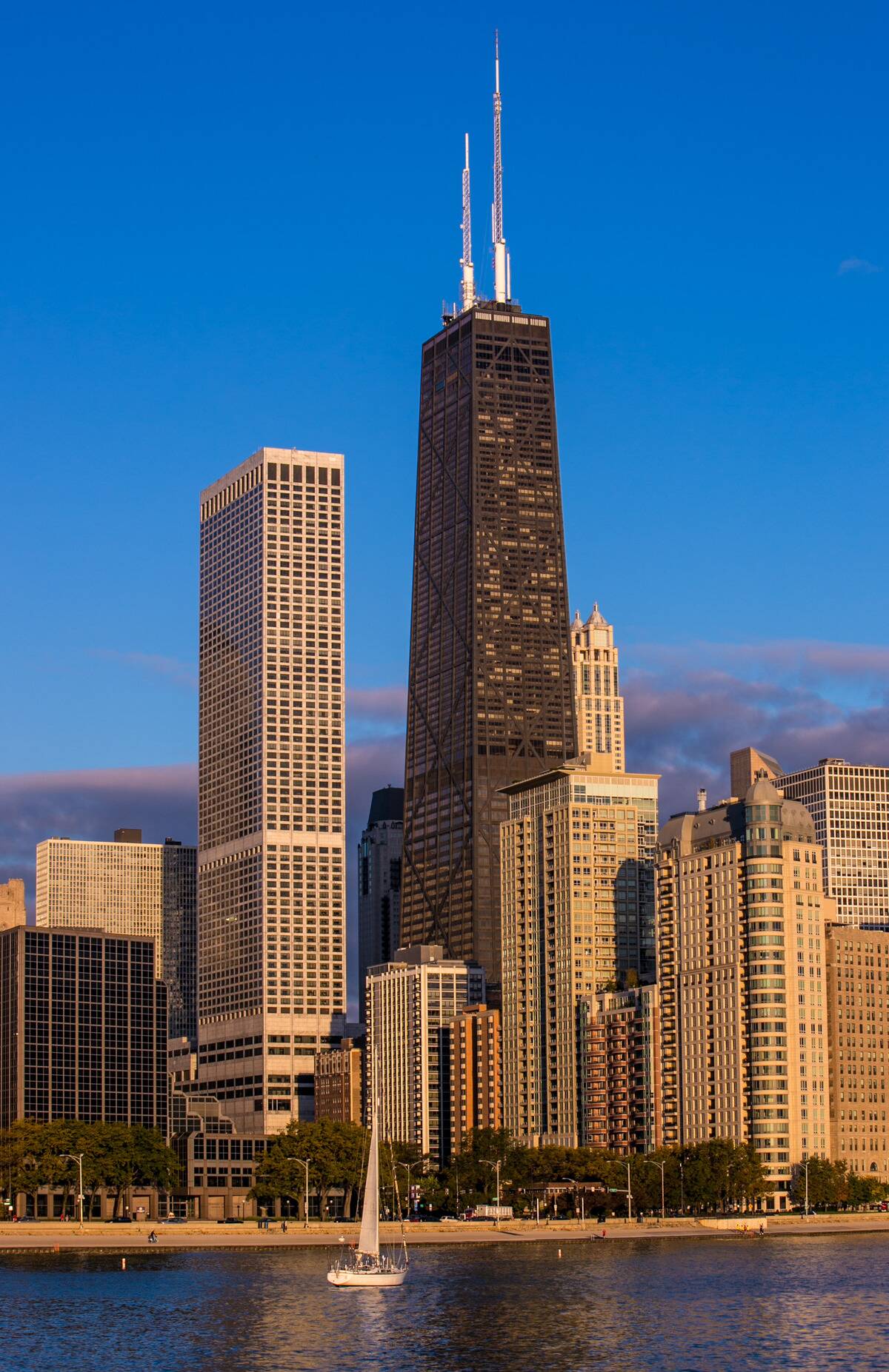
Standing proudly along Chicago’s Magnificent Mile, the John Hancock Center is a marvel of engineering and design. Completed in 1969, it rises to 1,128 feet with its distinctive X-bracing exterior.
This innovative design reduces the amount of steel needed, making it a pioneer of tubular structural systems. The building features a 360-degree observation deck, providing stunning views of the city and Lake Michigan, making it a must-visit for anyone exploring the Windy City.
San Francisco’s Transamerica Pyramid: A Distinctive Landmark

The Transamerica Pyramid is one of San Francisco’s most recognizable buildings, known for its unique pyramid shape. Completed in 1972, it stands at 853 feet, making it the tallest building in the city for over four decades.
Its design allows natural light to reach the surrounding streets, creating a harmonious urban environment. The building’s top is illuminated at night, a beacon visible from all over the city, symbolizing San Francisco’s innovative spirit.
The Unique Architecture of New York’s Flatiron Building

The Flatiron Building is a beloved New York landmark, known for its triangular shape that resembles a flatiron. Completed in 1902, it was one of the city’s first skyscrapers, standing at 285 feet.
Its unique design was a result of the triangular plot of land on which it was built, and it has since become an icon of New York architecture. The building’s distinctive shape and Beaux-Arts style make it a favorite among photographers and historians.
Miami’s Four Seasons Hotel and Tower: A Southern Gem
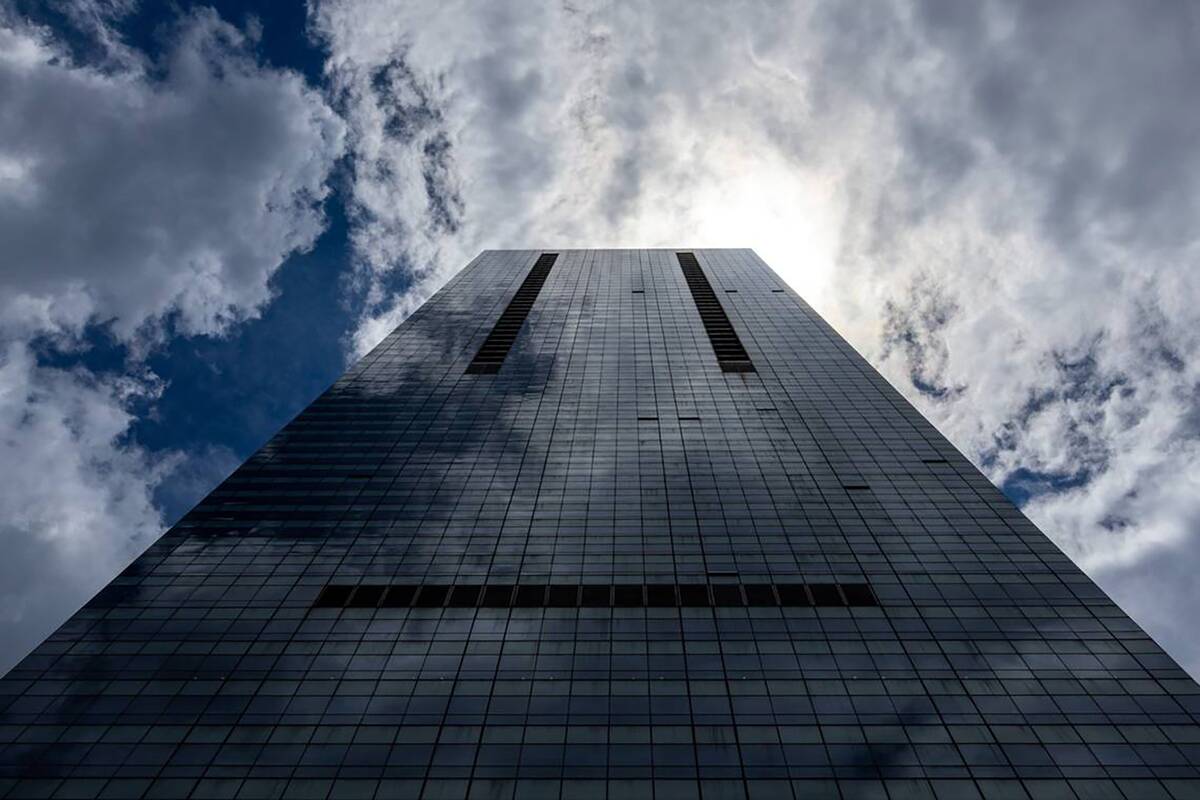
The Four Seasons Hotel and Tower is a standout in Miami’s skyline, known for its luxury and elegance. Completed in 2003, it rises to 800 feet, making it the third-tallest building in Miami.
The tower includes a hotel, offices, and residences, offering a mix of uses in one location. Its sleek design reflects the tropical vibe of Miami, with lush landscaping and a rooftop pool that provides stunning views of Biscayne Bay and the city.
Boston’s Prudential Tower: A Hub of Activity
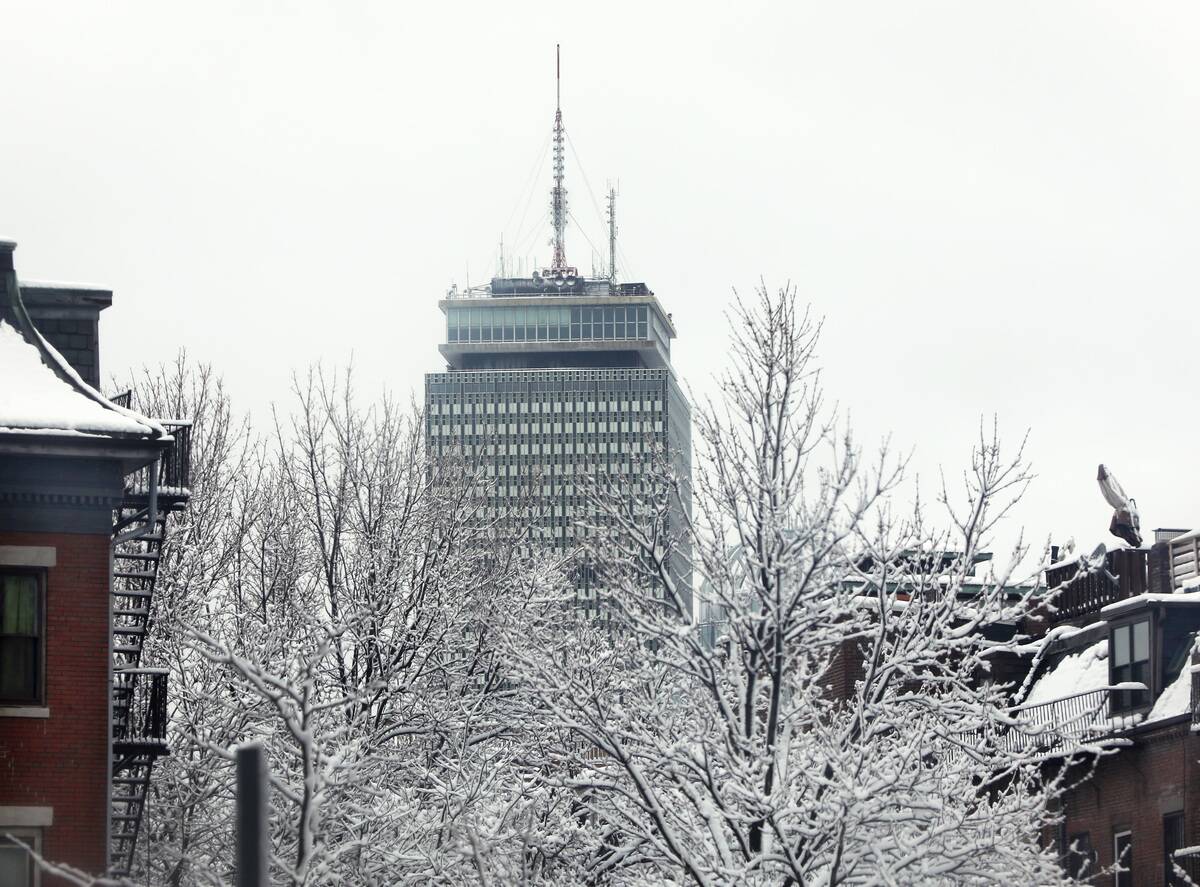
The Prudential Tower is a central feature of Boston’s skyline, known for its bustling activity and prime location. Completed in 1964, it stands at 907 feet (749 feet when discounting the antenna spire) and is the second tallest building in Boston.
The tower is part of the Prudential Center complex, which includes a shopping mall, restaurants, and an observation deck. Its location in the Back Bay area makes it a hub for both locals and visitors, offering a vibrant mix of business and leisure.
The Bank of America Tower: A Sustainable Skyscraper in NYC
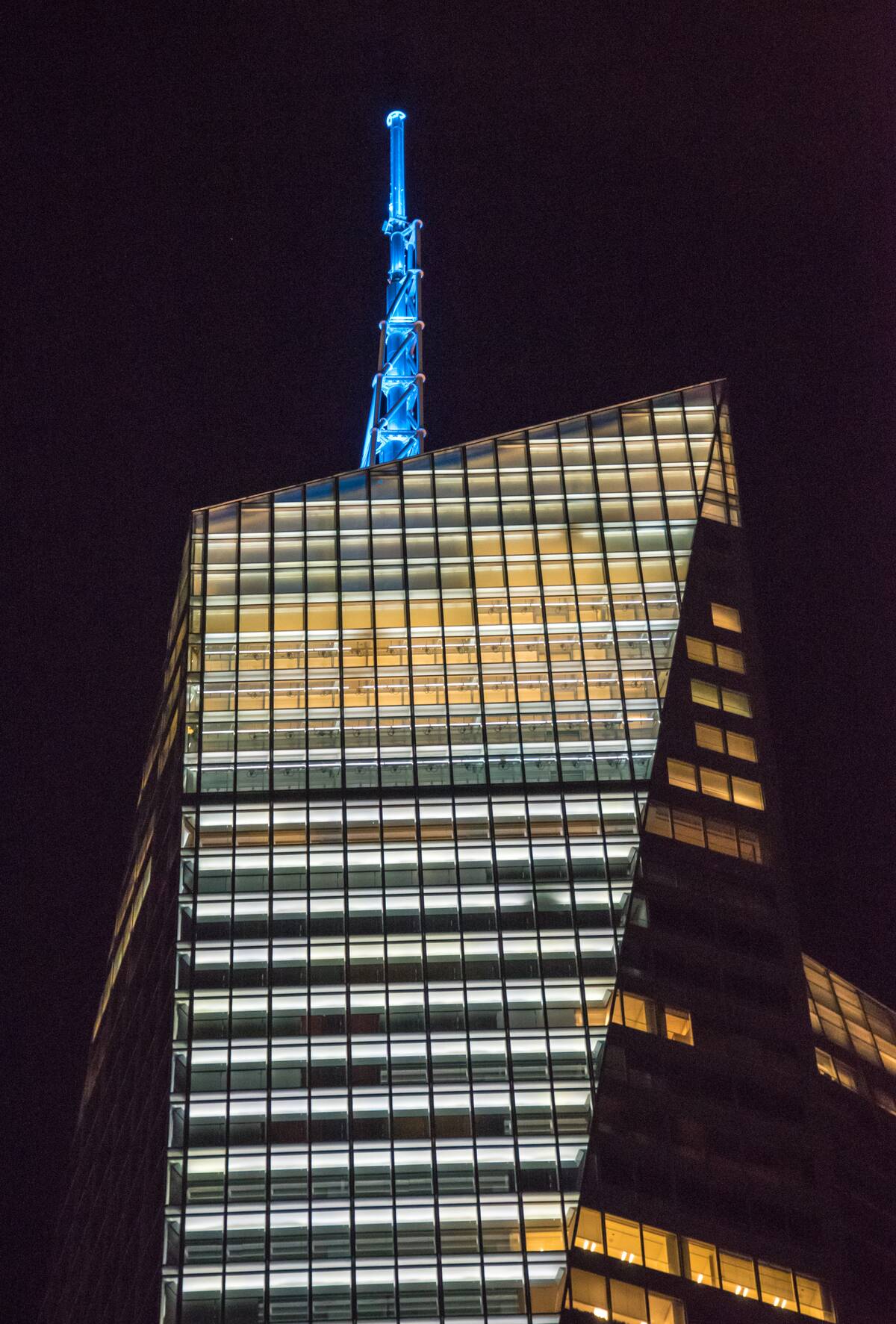
The Bank of America Tower in New York City is a model of sustainability, setting a new standard for eco-friendly skyscrapers. Completed in 2009, it stands at 1,200 feet and is one of the greenest skyscrapers in the world.
The building features a rainwater harvesting system, energy-efficient glass, and a state-of-the-art air filtration system. Its commitment to sustainability has earned it LEED Platinum certification, reflecting a growing trend in environmentally conscious architecture.
The Luxurious Trump International Hotel and Tower in Chicago
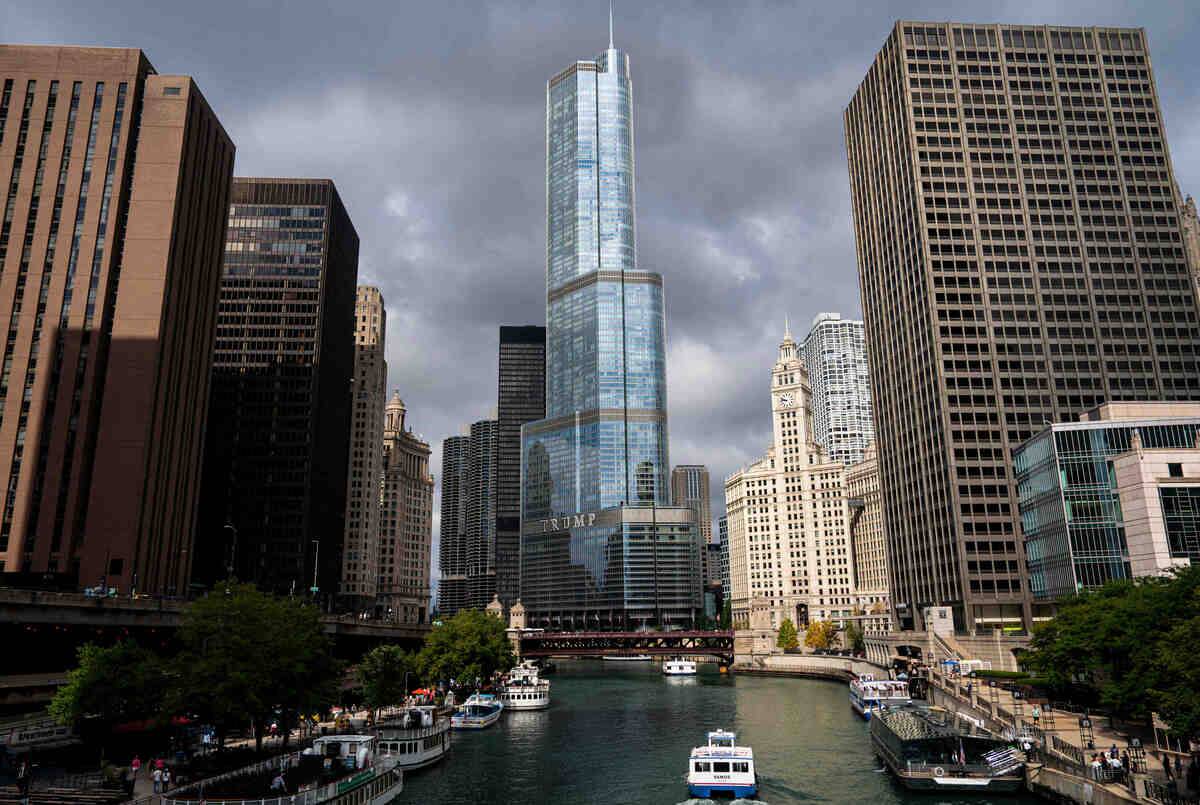
Completed in 2009, the Trump International Hotel and Tower in Chicago rises to 1,388 feet, making it the second tallest building in Chicago. The tower includes a hotel, residences, and restaurants, offering views of the Chicago River and Lake Michigan.
Its sleek design and luxurious amenities make it a standout in the city’s skyline, attracting visitors from around the world who seek a taste of opulence.
Philadelphia’s One Liberty Place: A Postmodern Classic
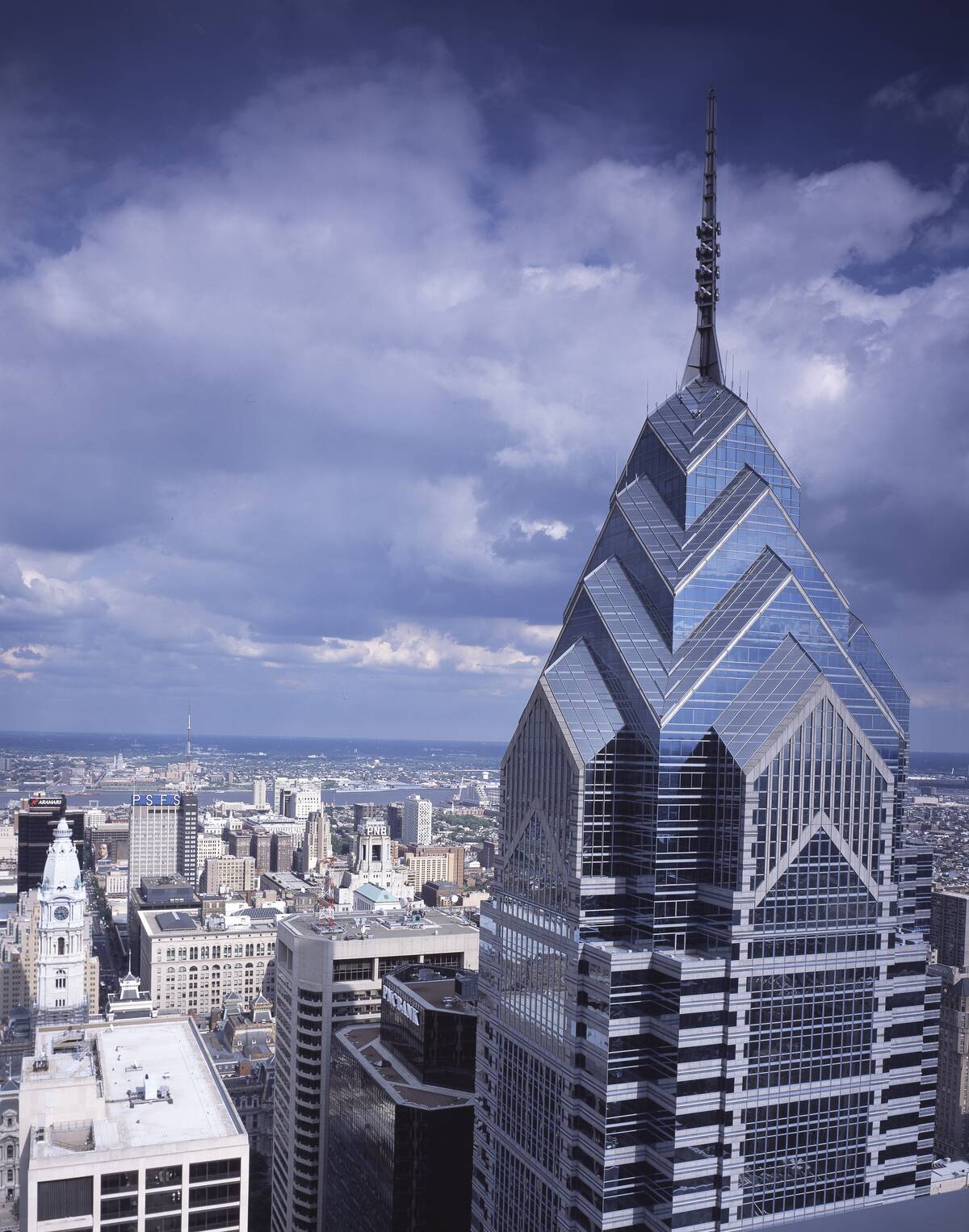
One Liberty Place is a defining feature of Philadelphia’s skyline, known for its postmodern design and striking presence. Completed in 1987, it stands at 945 feet and was the first building in the city to surpass the height of the statue of William Penn atop City Hall.
Its blue glass facade and spire make it a standout, symbolizing Philadelphia’s architectural evolution. One Liberty Place remains a landmark among locals and tourists, offering shopping and dining options in its complex.
Dallas’ Reunion Tower: A Lone Star Landmark

Reunion Tower is one of Dallas’ most recognizable landmarks, known for its distinctive geodesic dome. Completed in 1978, the tower stands at 561 feet and features a revolving restaurant offering stunning views of the city.
Its unique design, often referred to as “The Ball,” makes it a favorite among tourists and locals alike. At night, the dome is illuminated with lights, creating a dazzling spectacle that reflects the vibrant spirit of the Lone Star State.



